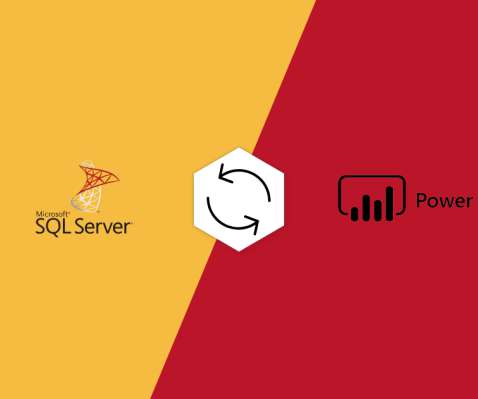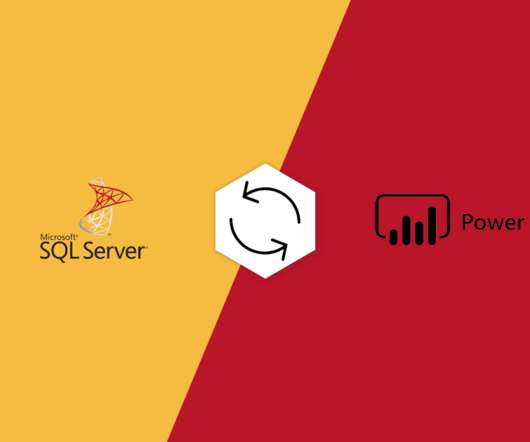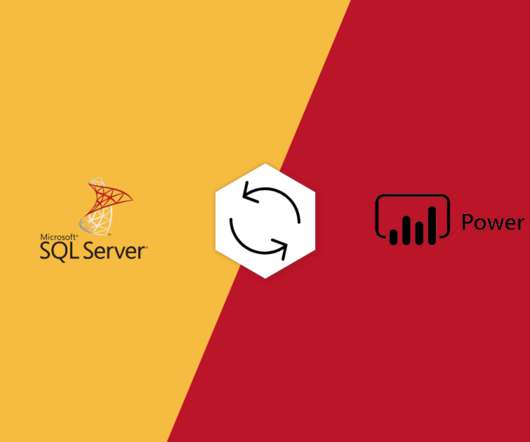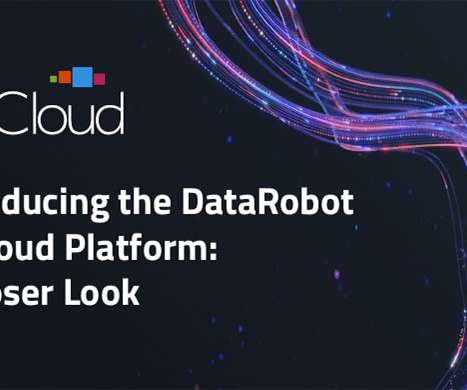Challenges in replacing SSRS with Microsoft Power BI
BizAcuity
NOVEMBER 26, 2019
SSRS is a server-based reporting platform that comes free with SQL Server 2012. Power BI connects to data sources and analyzes what is important while allowing users to create and view reports and dashboards for a 360-degree view of the business from all the diverse sources. It can process a large amount of data.














Let's personalize your content